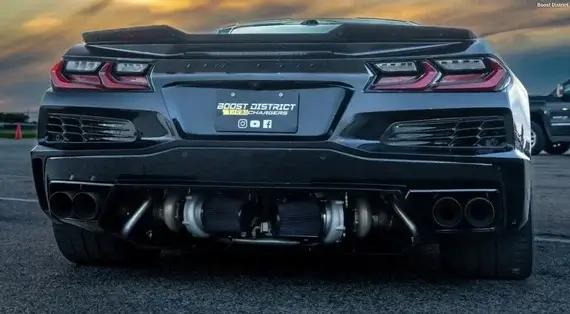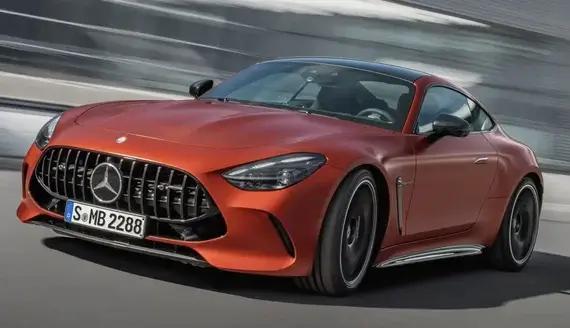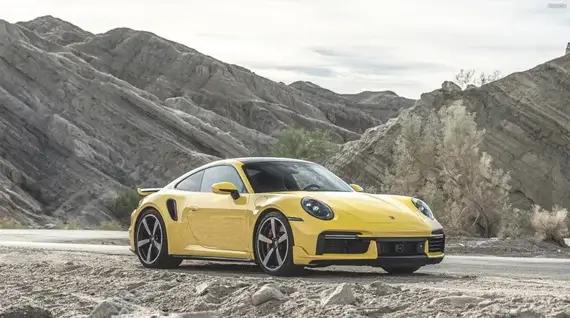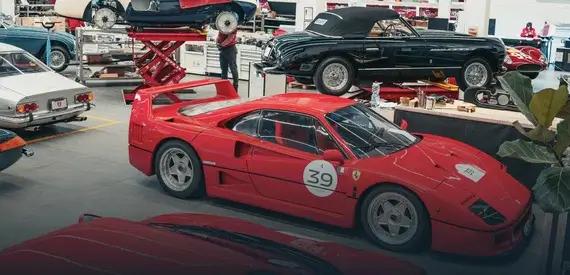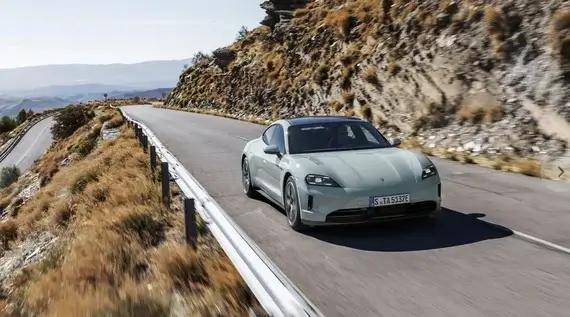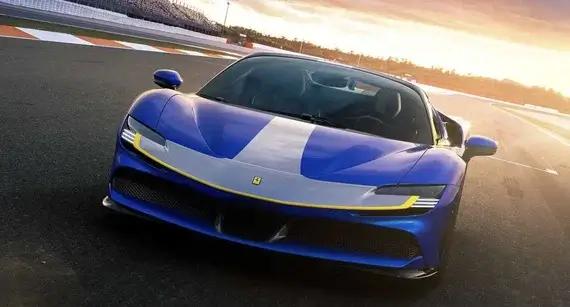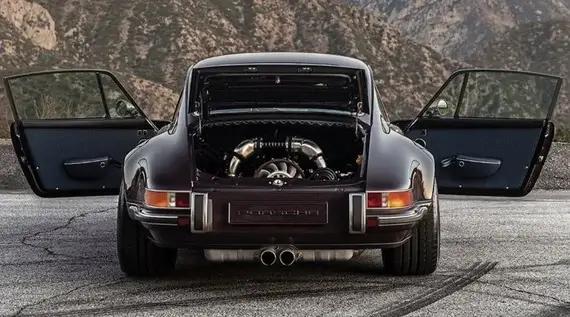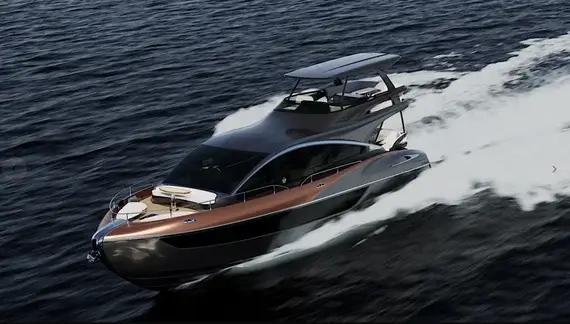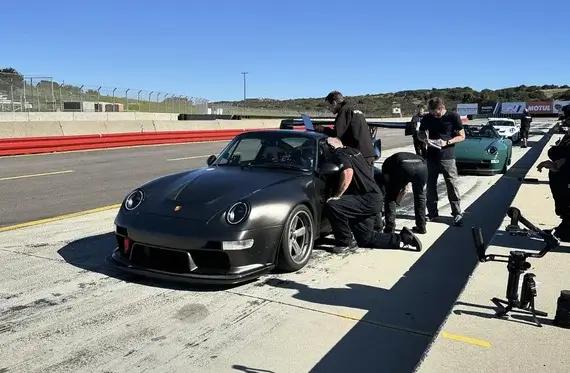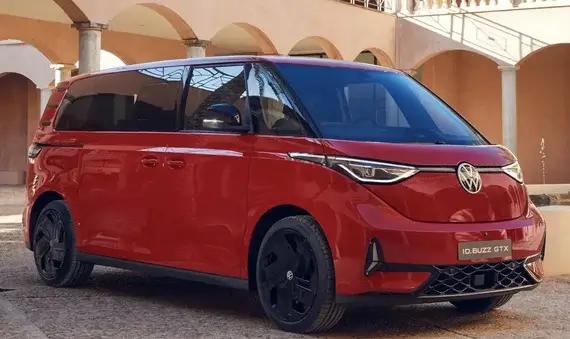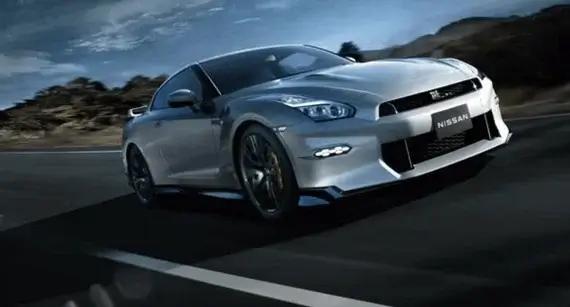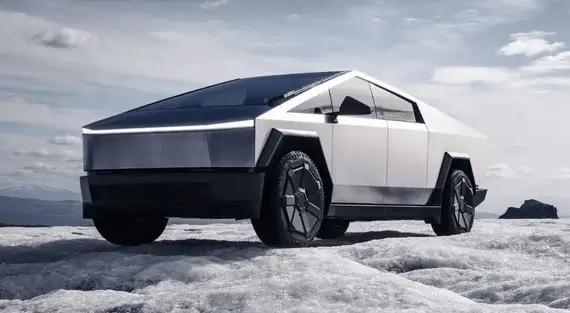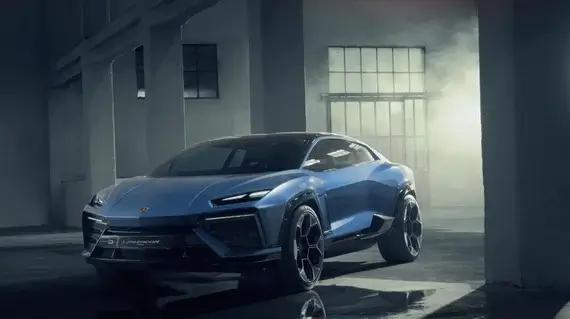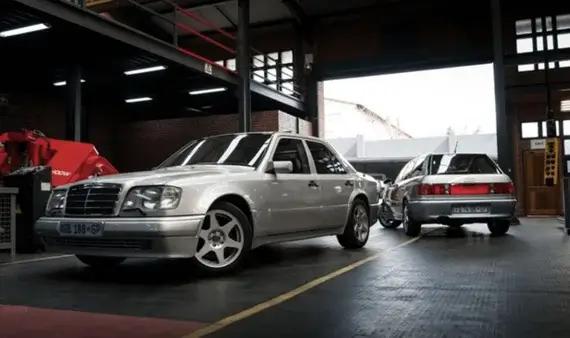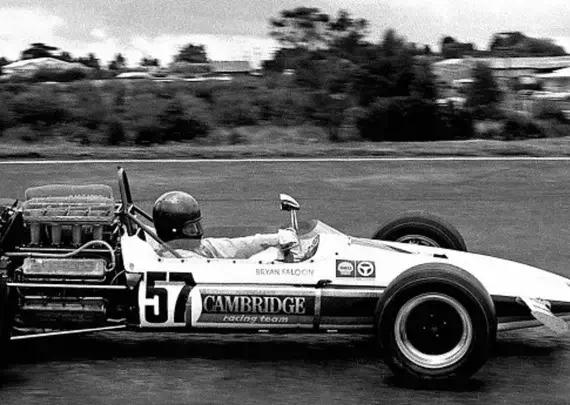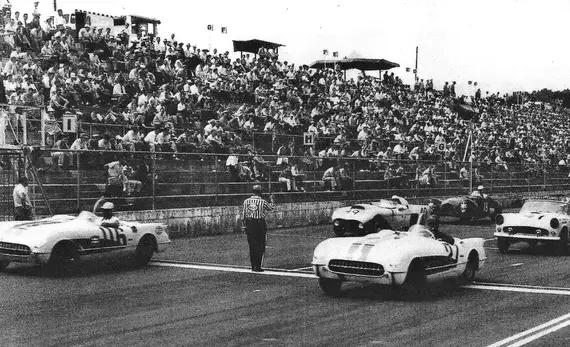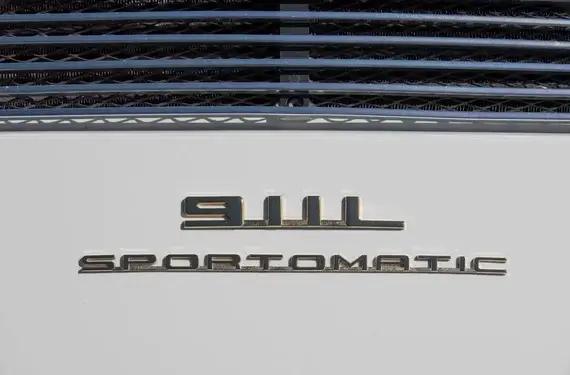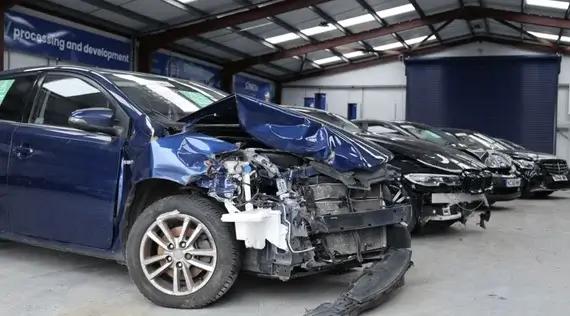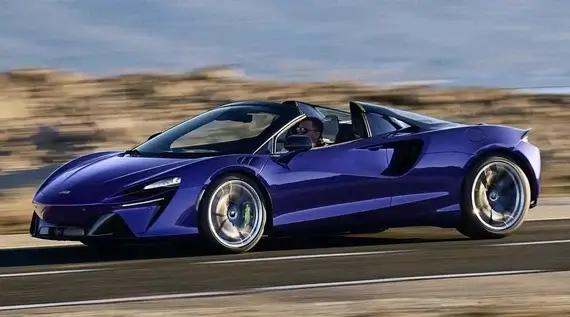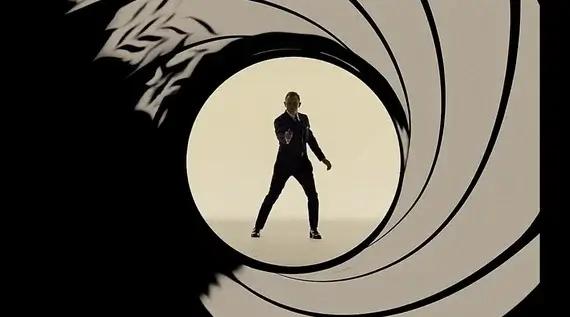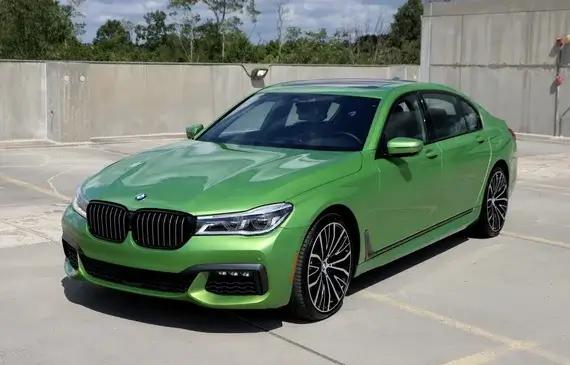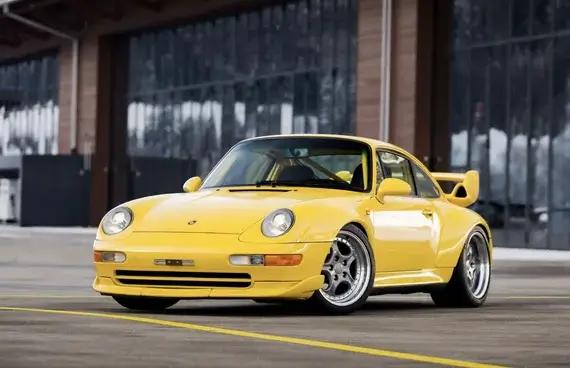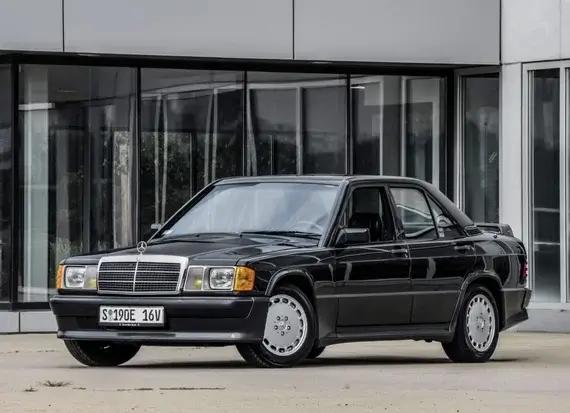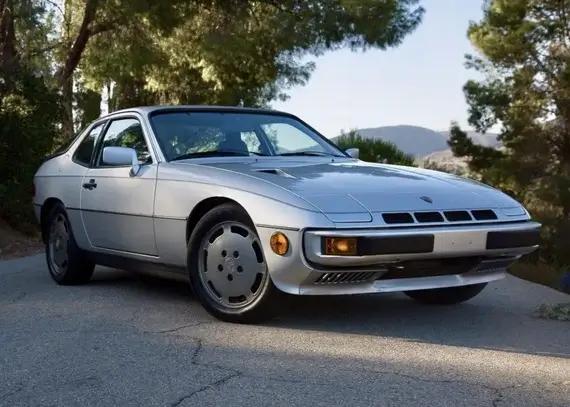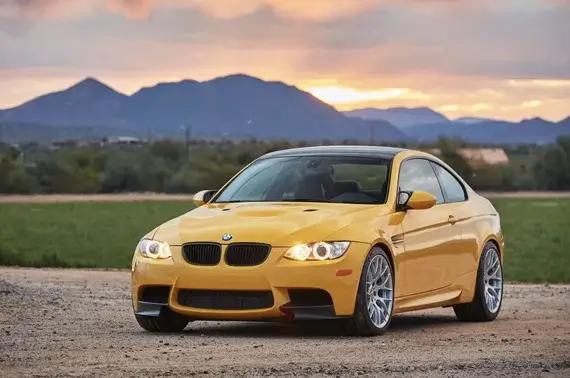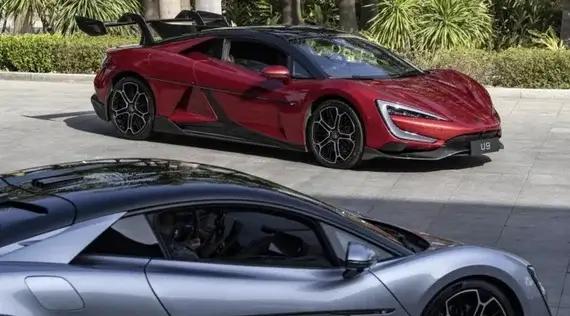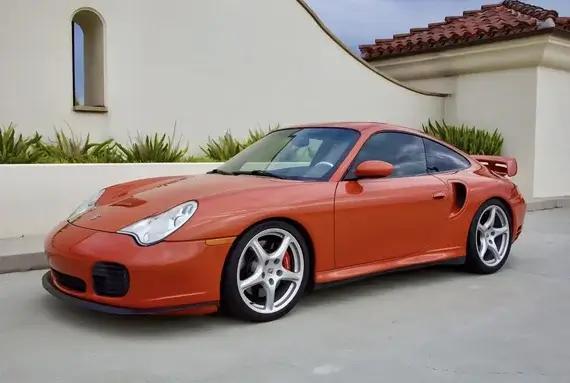Car shows are boring. They're usually anchored in an environment that lacks discovery. You go where the someone tells you. You see what you came to see. Meander around a little bit in an open space. Then you go home. Luftgekühlt is different. You arrive, and the place invites you to wander. Light slips through old factory windows. Brick holds the day’s warmth. Footsteps carry you toward the next corner because there might be something there you did not expect.
Fall reveals some of the most captivating drives throughout America, each attesting to Porsche’s superb road communication defined by precision, built on trust, and charged with emotion. Drawing both seasoned pilots and aspiring enthusiasts, these routes wind through landscapes transformed by fall’s ever-changing colors. From legendary mountain passes to serene byways, the drives ahead promise to inspire both you and your Porsche on your next spirited autumn journey.
Porsche loves secrets and subterfuge. Not the kind secrets that slip through cracks in the supply chain or show up in blurry spy shots, the real ones. The ones no one sees coming until they're center stage, roaring across the tarmac with all the subtlety of a thunderclap. It's part of the brand's quiet reverence for motorsport and heritage. They know exactly when to show their cards, and when they do, it tends to reset the whole conversation.
Somewhere at the bottom of the Atlantic Ocean, one very lucky crab has a new home. While driving over the bridge that connects Miami to the Florida Keys, the cap I was wearing flew off my head and into the water. That was a risk Mercedes warned me about when getting behind the wheel of the windshield-less SLR McLaren Stirling Moss. But the risk was more than worth the reward.
Restoring and reimagining Porsche 911s has grown from a cottage industry to a global industrial undertaking. There are shops all over the world, from Germany, the UK, South Africa, and the US. The idea is always similar: Take the 964-era 911, which everyone seems to love, and fix it up. Some do it better than others. Singer seems to have risen out of the recycled metals bin to be the gold standard of the class. But others do it well, too. We’ve driven Singers (yes, they are fantastic), and RUF (ditto). Gunther Werks is strong, and Rod Emory’s shop has made many artistically complex and cool creations. Even LA Workshop 5001 has turned out some nice 911s. Now comes a new-to-us firm from the soggy UK to brighten our mornings: Theon Design from Oxfordshire, UK.
Here’s a story we’ll wager you’ve never heard. During the preliminary shoots for 1964’s Goldfinger, and before Aston Martin’s iconic DB5 was ready to roll off the production line, the British car brand offered the production team another car; its existing DB4. And that Aston Martin was the first Sean Connery’s superspy drove on a Bond set.
The name Ruf is known nowadays among Porsche enthusiasts, or simply car enthusiasts, but it still remains a niche manufacturer, with a relatively small number of cars produced. Officially, Ruf qualifies as a car manufacturer, just like Alpina, for example, and the cars, even if they are developed based on Porsche models, are considered production vehicles and have the Ruf badge on them. Well, almost 40 years ago a Ruf creation was the first to reach 300 km/h!
Conceived by Rolf Sprenger, initiator of Porsche’s Sonderwunsch department, during a financially tumultuous time for Porsche in the early 1990s, the 964 Turbo S Leichtbau or Lightweight was intended as a stripped-down version of the Turbo 3.3 akin to the Carrera RS model. The project was entrusted to Roland Kussamaulat, a Porsche engineer, test driver, and racing team manager, who employed his experience with IMSA Supercar Championship cars in its development. A departure from the established 911 Turbo ethos, the Turbo S sacrificed standard creature comforts in the name of weight savings and incorporated a host of performance upgrades, resulting in the most radical 911 Turbo model yet. An initial production run of 25-50 cars was originally decided, however, the figure later increased to 86 examples to accommodate higher demand for the car, which was priced at a staggering DM 295,000.
Forward-thinking hydrogen fuel cell concepts, Cybertrucks, Corvettes, and everything in between graced the LA Auto Show. Despite an abundance of flashier vehicles, the 2025 Honda Civic Hatchback Sport Touring Hybrid was one of my top picks of the show. With a fully loaded MSRP of around $33K, it packs a lot of usability and efficiency for the money.
During the Consumer Electronics Show (CES) 2025, where we've already seen what the future of BMW X3 (and other models) interiors will look like, Toyota unveiled plans to integrate Nvidia's cutting-edge technology into its next-generation vehicles, elevating automated driving capabilities to new heights. At the heart of this collaboration lies Nvidia's Drive AGX Orin supercomputer, supported by Nvidia's DriveOS operating system. Essentially, the AGX Orin supercomputer is Nvidia's next-generation insanely powerful small-form-factor computer that's built for generative AI, computer vision, and advanced robotics applications. It's all very geeky, but there's a lot of exciting stuff that could come to life as a result.
Many happy returns: an icon of Benz history turns 40 Life begins at 40, right? Which means the 124-series Mercedes-Benz is just getting started. Except it's long stopped. Before this analogy falls apart completely, celebrate the iconic Benz's 40th anniversary by poring through the gallery of retro images up above.
There are several stumbling blocks to the widespread adoption of hydrogen as a fuel source, but Toyota may have come up with the ideal solution. Ahead of the 2024 Japan Mobility Show, Toyota has announced what it will be exhibiting at the event: a new sweep energy storage system that helps to extract all the energy storage potential of used batteries, its hydrogen-powered GR Corolla racecar, and a portable hydrogen cartridge. Toyota knows that FCEV tanks are large and heavy and that there are not enough refueling stations, but with a swappable tank, getting back to full range can be only a matter of minutes.
In Sony Pictures’ new “Bad Boys: Ride or Die” film, which is now playing exclusively in cinemas around the world, the 992-generation Porsche 911 Turbo S was given the perfect supporting role in the action-comedy – making this the third time that a sports car from Zuffenhausen has played a part in the hit franchise.
Toyota isn't new to the boat business, the Toyota Marine division putting aquatic products out to sea since 1997 under the Ponam brand. In 2019, Lexus hit the water with the LY 650 luxury yacht, "a new embodiment of Lexus' challenge to go beyond the automobile to deliver innovative and amazing experiences." Built by Wisconsin-based Marquis Yachts, the LY 650 bore similar lines to Marquis' 630 Sport Yacht or 65, the Lexus yacht's stylized lines and interior designed by Italian outfit Nuvolari Lenard. A refresh for that first effort results in the LY 680, which adds 55 inches to the length of the flybridge, making more room for the lounge sofa and barbecue, and 27.6 inches to the swimming platform in back. Overall length grows to 67.8 feet.
Throughout the 1980s, Mercedes-Benz's engineering department became heavily occupied with the development of the new S-Class. Simultaneously, Porsche was facing a production and economic crisis due to a decline in export business. Lending a helping hand to its neighbor in Stuttgart, Daimler-Benz AG awarded Porsche AG the development contract for the Mercedes 500E.
Founded by Thierry Sabine in 1977, the Dakar Rally has become a proving ground for the most skillful drivers and off-road machines. Competitors must traverse expansive and difficult-to-navigate terrain in the least time possible, overcoming obstacles such as sand dunes, mud streams, gravel, boulders, and ravines. While drivers raced for glory, engineers were faced with new challenges that bore some of the most legendary off-road homologation cars from the likes of Range Rover, Mercedes-Benz, Porsche, and Peugeot.
Porsche is expanding the model line-up of its all-electric sports sedan to include the Taycan Turbo GT and the Taycan Turbo GT with Weissach Package. The latter is built for the track and dispenses with the rear seats in favor of an even better power-to-weight ratio. At peak power, both models can deliver more than 1,000 hp. In combination with various lightweight construction and aerodynamics measures, these all-electric GT sports sedans raise the bar in terms of driving dynamics. A more powerful and efficient pulse inverter that uses silicon carbide as the semiconductor material is used on the rear axle. The first Taycan Turbo GT models should be delivered to customers from this summer.
When you think of high-performance sports car manufacturers, the first countries that come to mind are likely Germany, Italy, Japan, and the United States. The iconic marques from these countries have produced some of the most legendary machines to ever hit the road. But throughout history, some fascinating and unique cars were created by smaller brands from places not usually associated with automaking.
Porsche's steady march of progress has seen the transformation of a simple sports car design into one of the most capable road-going machines ever built, all while staying true to its illustrious heritage. While enthusiasts have lauded developments in braking, suspension, and of course the flat-six engine, it seems the strides made in Porsche's automatic transmissions have gone largely underappreciated despite their many attributes.
LONDON/DETROIT, March 20 (Reuters) - For many electric vehicles, there is no way to repair or assess even slightly damaged battery packs after accidents, forcing insurance companies to write off cars with few miles - leading to higher premiums and undercutting gains from going electric.
The cars of the James Bond films have become almost as iconic as the actors who play him. Seen in many films behind the wheel of an Aston Martin, Bond has also commandeered a number of other vehicles in the 60+ years of the franchise, offering a glimpse of what was on the road, or what was being brought into the market at the time of the film's release.
As human beings, we all strive for our own identities, to establish ourselves as our own person, to stand out from the crowd, and promote our own dreams, intrinsic happiness, and self-worth. Cars have long been an expression of one's personality and often a status symbol, a way to set ourselves apart on the road full of drab silver, black, or white metal boxes. We have all heard stories of special, one-off cars built for Sultans, Sheiks, and the elites of society, coach-built specialty vehicles that are unattainable for the ordinary person, often costing inconceivable sums of money and requiring connections beyond the reach of the average consumer.
Developed for the track, Porsche's high-performance GT-cars have dominated circuits around the world since the late 1990s with the naturally aspirated GT3 models being the most popular and highly acclaimed by far. As the world celebrated 20 years of the Porsche GT3 in 2019, seemingly everyone overlooked the quarter-century anniversary of the most powerful, visceral, and track-focused 911 of all, the GT2.
By the 1980s, Mercedes-Benz had established a long history competing in rally events across the globe. Running across rough terrain over hundreds of miles proved to be the perfect test of the brand's robust build quality and numerous body styles found themselves in competition from the humble W123 to the elegant W113. When the W201 chassis hit the market in 1982, it featured a complex 5-link rear end design which allowed for supreme control of the wheels making the vehicle highly suitable for development as a competition machine. As such, Mercedes joined forces with famed engineering firm Cosworth to produce a punchy twin camshaft, 16-valve cylinder head based on the M102 inline 4 motor.
The landscape of motoring changed drastically in the 1970s. While many of the industry's greatest sports car brands fell to pressures, Porsche adapted. In 1976 came the type 924, a commission undertaken by Porsche for VW/Audi, abandoned by the client, and sold back to Porsche late in its development. A water-cooled 2.0L inline 4 Audi motor mounted at the front; the transmission married the rear axle (transaxle), forming a near 50/50 chassis. In base trim, the car produced just 95bhp. Kept simple, light, and most importantly affordable, much of the extremities were pulled from the shared family parts bin and the car itself was built, under contract, at the Audi plant in North Germany.
Since its inception in 1986, BMW's high-performance M3 model has set the bar for European sports cars. Originally developed as a homologation special for the Deutsche Tourenwagen Meisterschaft (DTM) racing series, the first M3 was based on the E30 3-Series and made use of revised aerodynamics, larger brakes, upgraded suspension, and the specially developed S14 DOHC inline-four engine. The result was an impeccably well-balanced and finely tuned sports car whose racing counterparts would go on to win some of the most prestigious motorsport events of the era.
The Porsche 996 represents perhaps the most significant change to the 911 sports car. To the chagrin of many purists, the 996 was larger, more refined, and significantly more advanced than its predecessors. Moreover, it did away with the traditional air-cooled engine architecture in favor of a less temperamental and more capable water-cooled platform.































